It’s been a while since I last shared a blog post. Like many of you, I’ve been knee-deep in distance learning and teaching. One of my personal goals was to learn several new platforms in order assess which were the right fit for music engagement with my elementary music students. I’m sharing one of my favorite new platforms – Flipgrid!
What is Flipgrid?
Simply, Flipgrid is a web-based video platform where teachers and students can interact. The lovely thing about Flipgrid is that it is free for educators. I also love that students do not need an app or login to post to Flipgrid. Teachers simply share a code, QR code, or link and students can post to the Grid.
So, what is a Grid? Grids are how Flipgrid organize information. Think of your Grid as an extension of your virtual classroom. You can organize Grids by grade level, content area, skill, or anyway that makes sense for you. Within each Grid, you create Topics where you assign musical tasks and students record themselves performing the task.
As I’ve played with Flipgrid this spring with multiple grade levels are exploring similar content, I chose to organize my Grids by content. Come next school year, I anticipate organizing Grids by grade level to be more efficient in managing assignments. Topics are the activities you assign within each Grid. Currently, I have topics for rhythm patterns (reading and writing sidewalk chalk patterns), camp games, soundscapes. Again, looking forward to next year, my topics may look more like specific skills and musical content.
The hook for students is that Flipgrid presents much like traditional social media. Students can use emojis and special effects to enhance their videos or to make themselves a bit more anonymous. Students can also watch and comment on each other’s videos. For teachers, there are features to allow you to give private feedback on videos, feature a response that is a high quality example of the work assigned, add a video to a “mixtape” to share with parents, or “spark” a video that can serve as creating a new topic based on someone’s video.
What do you do with Flipgrid?
If you’ve been teaching remotely, you know that most video-conferencing platforms are not set up for real-time singing experiences. I can sing or chant to students, but singing and chanting with students is almost impossible. Although Flipgrid doesn’t solve the real-time music making experience, what I love about Flipgrid is that students can record themselves easily and share themselves singing, chanting, moving, playing, creating, or improvising! It’s a great tool to get students engaged and assess the learning. Here are some ideas to get you started! Ask students to:
- Sing a song for me once you’ve learned it
- Echo, translate, or improvise tonal patterns for me
- Sing chord root harmony to a song
- Improvise rhythms over chord root harmony
- Chant a nursery rhyme or chant to me once you’ve learned it
- Echo, translate, or improvise rhythm patterns for me
- Read tonal or rhythm patterns
- Write and show tonal or rhythm patterns
- Improvise a song or chant
- Create a song or chant
- Perform a steady beat for me
- Perform an ostinato for me
- Show a movement to a song
- Create a movement sequence to a song
- Perform on an instrument (e.g. recorder, ukulele, drum, found percussion)
- Create an instrument with found objects
- Record playing tests (e.g. recorder, ukulele, band or string instrument)
Beyond Distance Learning
Although I see Flipgrid primarily as a distance learning tool, there are many applications for it beyond remote learning. It would be a great tool to use for recorder testing when time does not allow me to hear students individually. It’s a great platform for sharing student milestones (e.g. a student singing in head voice for the first time). It’s also a great way to extend the learning beyond the classroom. For those teachers who may only see their students once a week, assigning an extension activity for students to record via Flipgrid is a fabulous way to keep them musically engaged even if they aren’t physically in the classroom.

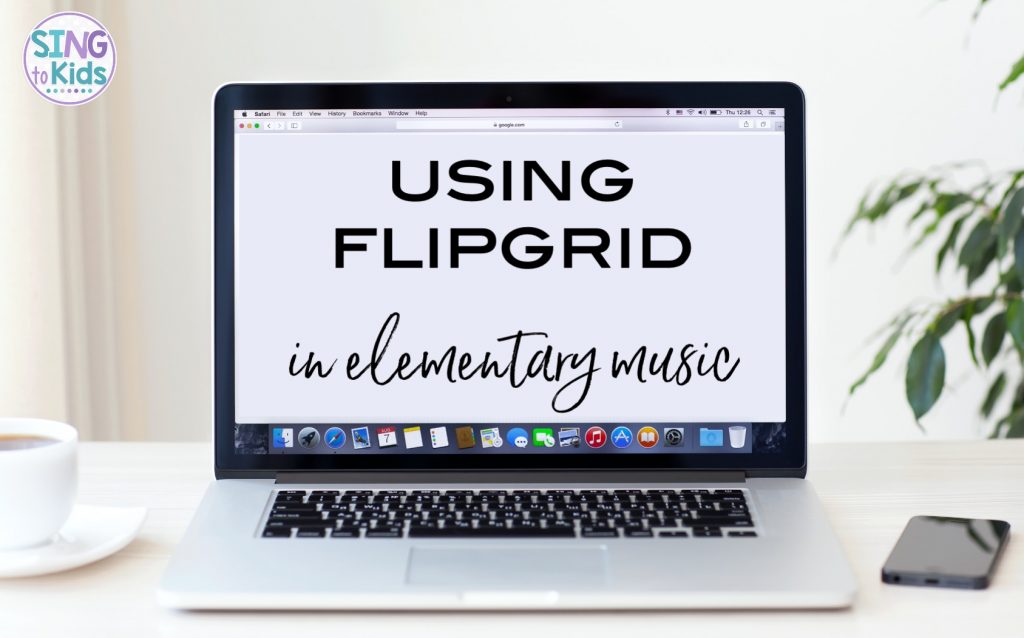
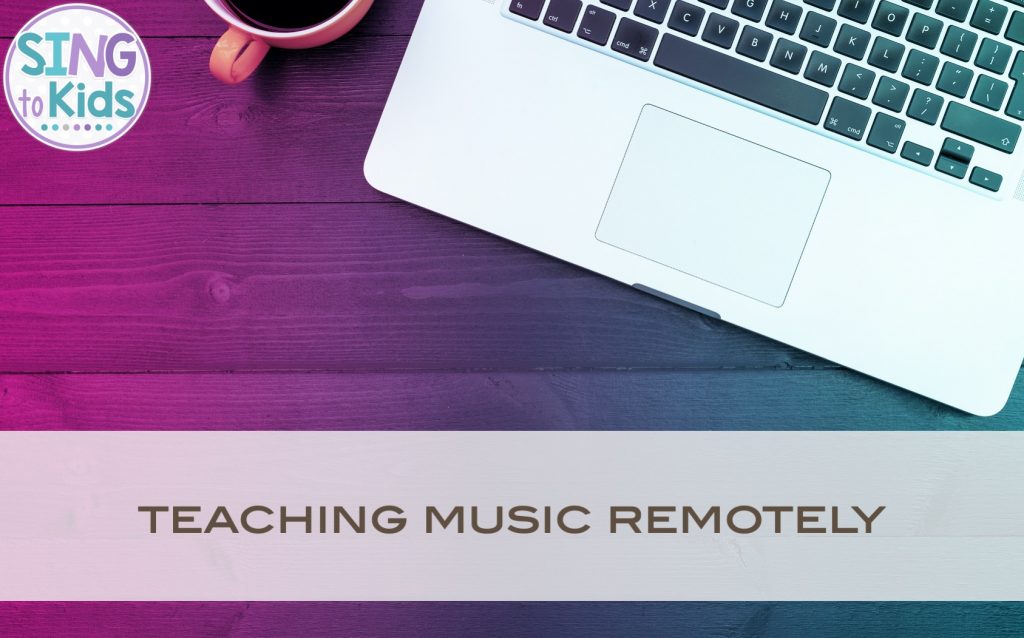
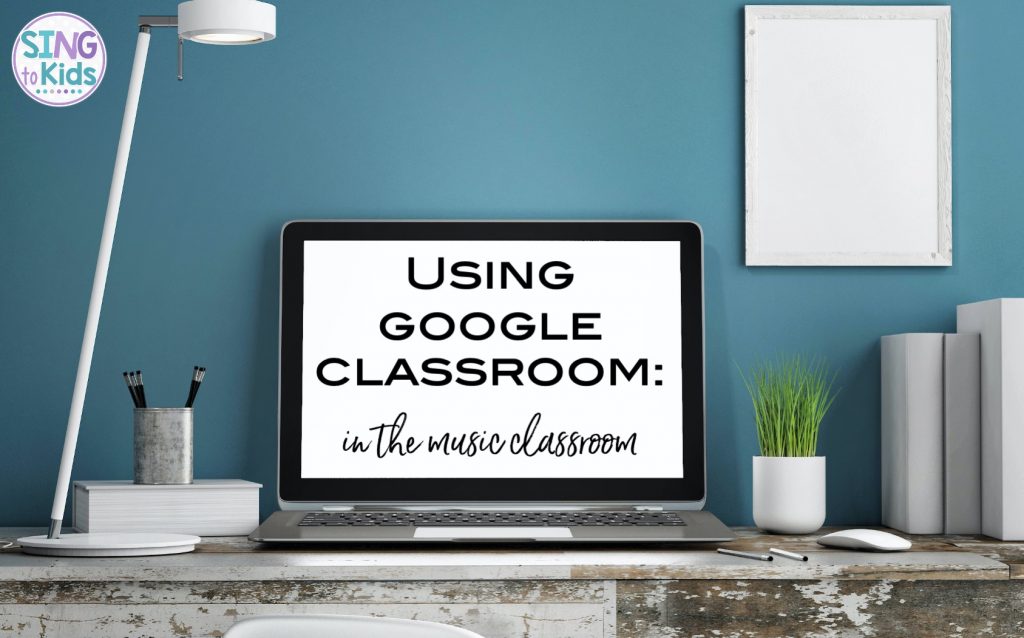
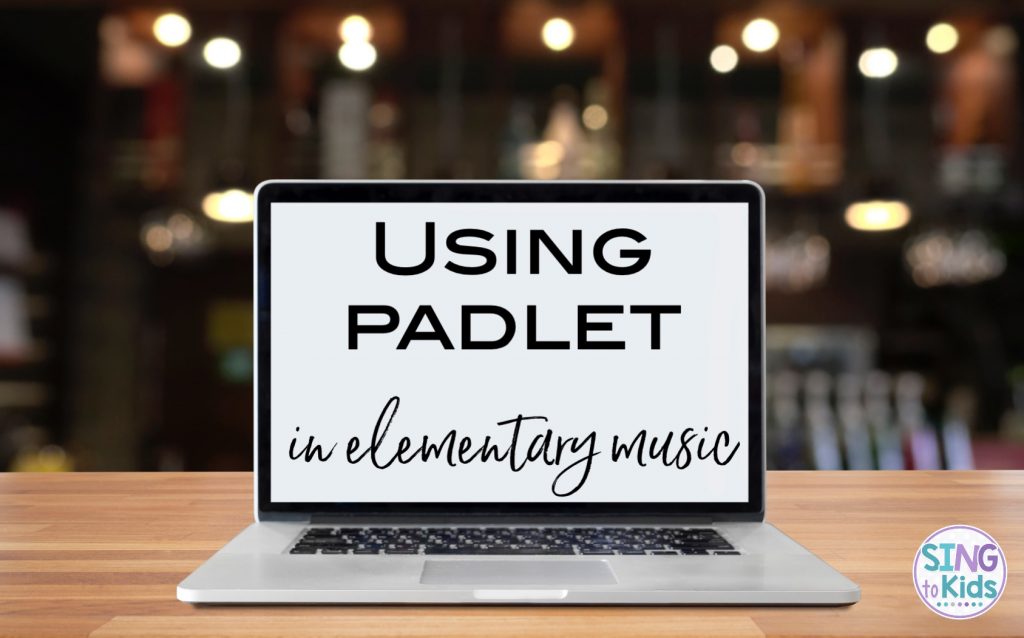

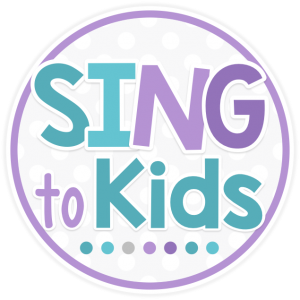
Connect with me!